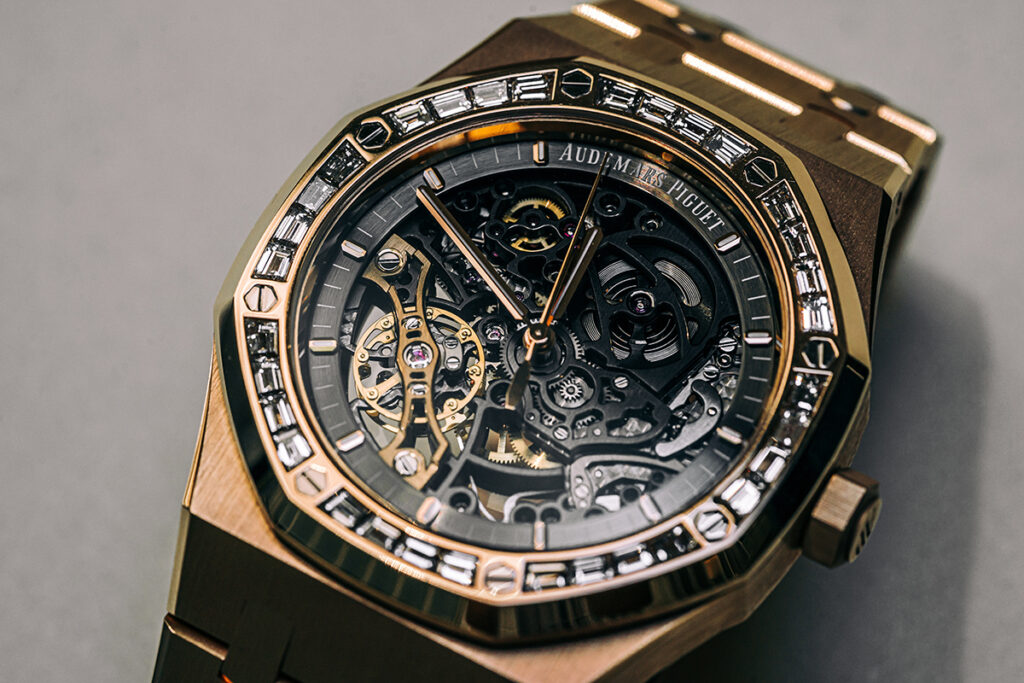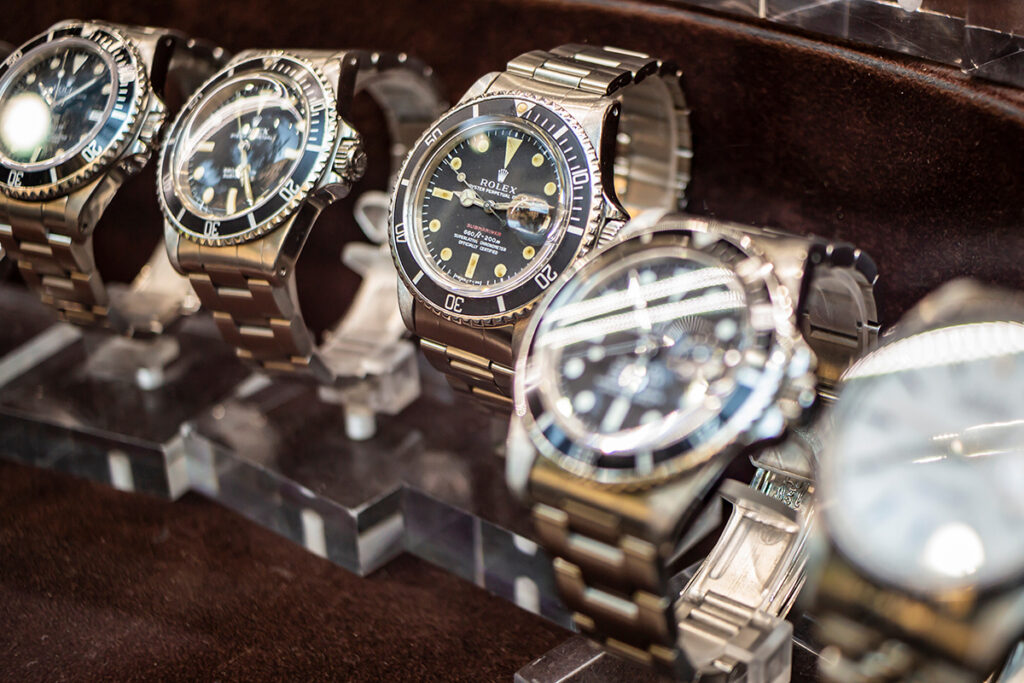
Luxury Watch Trends 2025: Potential Discontinuations from Major Brands to Aid Boom in Secondary Market – Arabian Business: Latest News on the Middle East, Real Estate, Finance, and More
The luxury watch industry in 2025 is navigating a landscape marked by economic fluctuations, evolving consumer tastes, and a heightened emphasis on authentication and transparency.
“While the market has corrected from its 2021-2022 highs, luxury watches remain a strong asset class. The best pieces, particularly those with limited production, historical significance, or unique complications, continue to appreciate,” said Robertino Altieri, CEO of WatchGuys.com, in an exclusive interview with Arabian Business.
Speculation on potential discontinuations from major brands
While no formal announcements have been made, Altieri hinted at ongoing speculation regarding potential model discontinuations by leading brands such as Rolex, Patek Philippe, and Audemars Piguet. “Rolex, for instance, has been known to surprise the market by retiring popular models, which often fuels secondary market demand,” he said.
Patek Philippe “could make adjustments to its Nautilus line, given past moves, and Audemars Piguet continues to evolve beyond the Royal Oak,” he said. Historically, discontinued models have seen immediate spikes in collector interest and resale value.
Material and design trends in 2025
Currently, there are several prevailing product trends:
- Materials: “We are seeing a strong push toward titanium as brands emphasise lightweight yet durable materials,” Altieri explained.
- Dial colors: “Shades of green, salmon, and burgundy remain popular, while icy blue and pastel hues are making a significant impact.”
- Case and bracelet innovations: “Ceramic cases and integrated bracelets are becoming more mainstream.”
Despite a 2.8 per cent decline in Swiss watch exports in 2024, primarily due to decreased demand in China and potential US tariffs, the fair underscored optimism and innovation within the industry.
“Economic conditions play a critical role in shaping luxury watch releases,” Altieri said. He noted a dual-track approach by brands: limited releases targeting high-net-worth individuals and lower-entry models designed to attract new collectors. “Inflation and fluctuating currencies also mean that price adjustments across key brands are likely.”

Investment perspective on luxury watches
Altieri maintained that luxury watches are still regarded as a solid asset class in 2025. “While the market has corrected from its 2021-2022 highs, luxury watches remain a strong asset class,” he said.
“The best pieces, particularly those with limited production, historical significance, or unique complications, continue to appreciate.” He advised that investing should be based on long-term intrinsic value, not short-term speculation.
According to industry experts, “The Rolex Daytona, Patek Philippe Nautilus, and Audemars Piguet Royal Oak continue to be the safest blue-chip investments.” Altieri also pointed to independent brands: “F.P. Journe and Richard Mille have shown remarkable appreciation due to their exclusivity.”
Additionally, he revealed an increasing interest in vintage models from Cartier and Vacheron Constantin.
The secondary market has normalised since late 2024. Altieri said, “The secondary market has stabilised after the speculative boom of recent years. Pricing has become more realistic.” He reported an increased demand for vintage and neo-vintage watches from the 1980s and 1990s.
“Transparency and authentication are more critical than ever, with buyers prioritising trusted sellers and platforms,” he added.
According to the findings from Deloitte’s Swiss Watch Industry Insights 2024 study, prices on the second-hand market peaked in March 2022, then fell by 16.4 per cent over two years before stabilising in 2024.
The study also revealed that a fifth of consumers planned to buy a second-hand watch in 2024, a proportion that has doubled since 2020.
For new collectors, Altieri recommended focusing on historical and brand significance. “It’s essential to buy watches you genuinely love, rather than solely for investment purposes,” he said.
“Focus on models with historical importance, limited production numbers, and strong brand heritage. Also, purchasing from reputable sources and ensuring proper documentation is more important than ever.”

Emerging brands with growth potential
Altieri identified several brands with potential for future growth:
- Tudor: “Tudor remains undervalued, especially vintage models.”
- Breguet and Girard-Perregaux: “These brands have yet to see the price surges of other high-end brands.”
He also revealed a rising interest in H. Moser & Cie and A. Lange & Söhne, “particularly for their limited production pieces.”
“Smartwatches have found their niche without significantly cannibalising the luxury market,” Altieri observed. “They have introduced younger generations to wristwatches, potentially leading them toward mechanical timepieces in the future,” he said.
Evolving sales and marketing strategies
“Brands are increasingly adopting direct-to-consumer models and limiting authorised dealer networks,” Altieri said. He noted the growing presence of boutique exclusives and online sales channels. “Collaborations with celebrities and athletes remain key marketing strategies.”
He added that blockchain integration for authentication and ownership tracking is “becoming an industry standard to enhance buyer confidence.”
Altieri described the MENA region as a sustained area of growth. “The UAE and broader MENA region remain one of the strongest markets for luxury watches. Demand continues to rise, particularly for exclusive and bespoke pieces,” Altieri concluded.